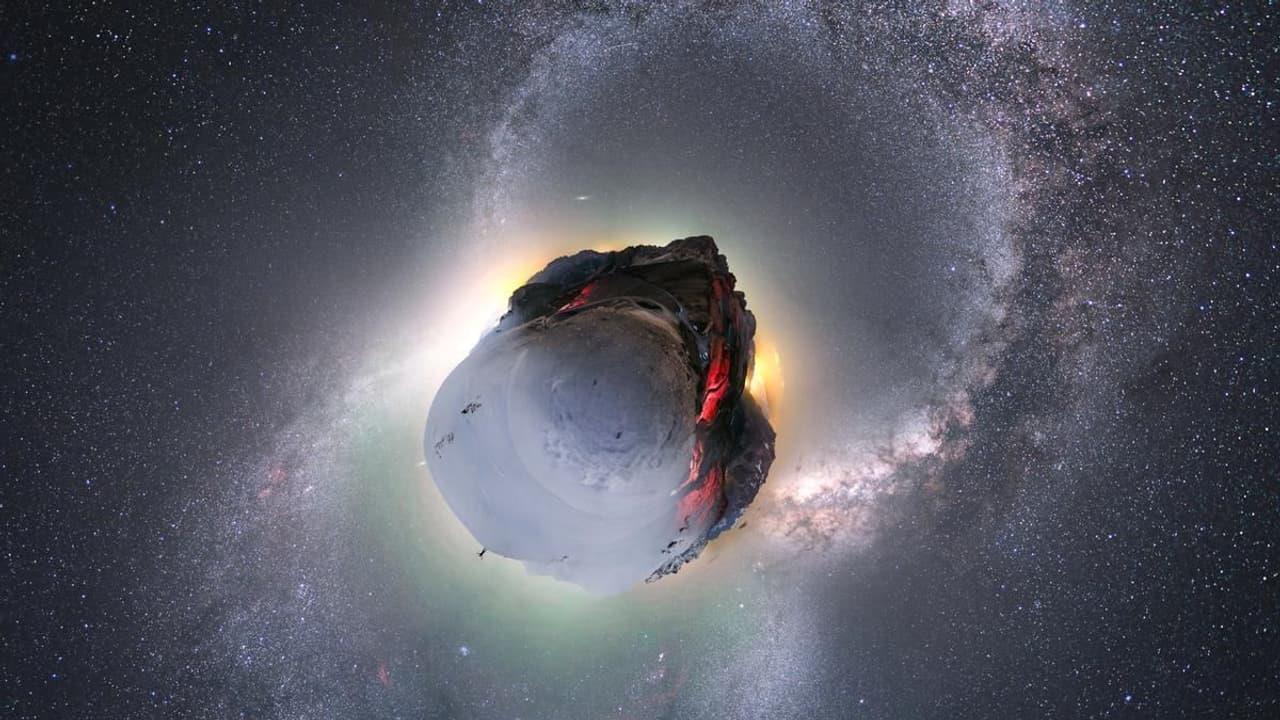
Einstein's Idea Could Explain How The Universe Really Began
A new study by researchers in Spain and Italy suggests a bold alternative to the traditional Big Bang story: rather than cosmic inflation, gravitational waves may have been the driving force behind the universe's formation.
Using advanced computer simulations, the team shows that gravity and quantum mechanics alone could explain the large-scale structure of the cosmos - from galaxies to stars to planets - offering a simpler and potentially verifiable explanation for the universe's earliest moments.
Gravitational Waves: Einstein's Forgotten Key
The concept of gravitational waves stretches back over a century. Albert Einstein predicted them in 1916 as ripples in space-time, though they weren't directly detected until 2015 by LIGO. These waves typically arise from dramatic cosmic events, such as colliding black holes or supernovae.
The new model links gravitational waves to De Sitter space, a mathematical framework introduced by Dutch mathematician Willem De Sitter, who collaborated with Einstein in the 1920s. This approach connects general relativity and quantum mechanics without introducing speculative elements, making the theory both elegant and testable.
“For decades, we have tried to understand the early moments of the universe using models based on elements we have never observed,” said Dr. Raúl Jiménez, co-author of the study.“What makes this proposal exciting is its simplicity and verifiability. Gravity and quantum mechanics may be sufficient to explain how the structure of the cosmos came into being.”
Challenging Cosmic Inflation
The standard inflationary model posits that the universe expanded at an extraordinary rate in the first fraction of a second after the Big Bang. While widely accepted, the theory depends on multiple interconnected assumptions that must all align perfectly.
By contrast, the gravitational-wave model provides a straightforward mechanism that may account for the same cosmic structures without relying on speculative fields or forces.
Why This Matters
The birth of the universe remains one of science's greatest mysteries. While the Big Bang theory still dominates, questions about what happened before it and what drove cosmic expansion remain open.
Carl Sagan once reflected:
“The cosmos is within us. We are made of star-stuff. We are a way for the universe to know itself.”
This new research doesn't claim to answer every question, but it offers a fresh perspective rooted in physics we already understand, giving scientists a simpler lens through which to study the cosmos.
The study, published in Physical Review Research, opens the door to new tests and observations. Future experiments may help confirm whether gravitational waves were indeed central to the universe's earliest moments - potentially rewriting a century of cosmological thinking.
“We may never know exactly how the universe began,” the researchers note,“but this model brings us one step closer to understanding the cosmos itself.”
Legal Disclaimer:
MENAFN provides the
information “as is” without warranty of any kind. We do not accept
any responsibility or liability for the accuracy, content, images,
videos, licenses, completeness, legality, or reliability of the information
contained in this article. If you have any complaints or copyright
issues related to this article, kindly contact the provider above.
Most popular stories
Market Research
- Thinkmarkets Adds Synthetic Indices To Its Product Offering
- Ethereum Startup Agoralend Opens Fresh Fundraise After Oversubscribed $300,000 Round.
- KOR Closes Series B Funding To Accelerate Global Growth
- Wise Wolves Corporation Launches Unified Brand To Power The Next Era Of Cross-Border Finance
- Lombard And Story Partner To Revolutionize Creator Economy Via Bitcoin-Backed Infrastructure
- FBS AI Assistant Helps Traders Skip Market Noise And Focus On Strategy

















Comments
No comment